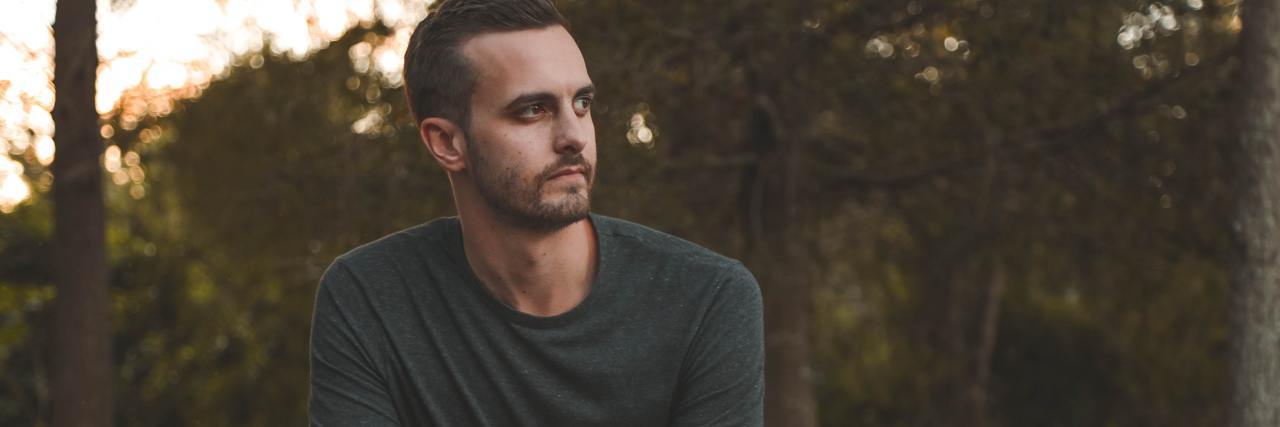Overcoming the Challenges of Facioscapulohumeral Muscular Dystrophy
Facioscapulohumeral muscular dystrophy (FSHD). I heard these words for the first time over 30 years ago, when I was diagnosed at age 16. One would think I would be devastated, but I was actually a bit relieved! At least my diagnosis gave me an explanation for why it was so difficult for me to make the throw from third base to first while playing Babe Ruth League baseball in Quincy, Massachusetts. The diagnosis justified the struggles I had building muscle while I was competing on the Boston College High School wrestling team. I finally understood why I had trouble smiling, which caused many people to ask me if I was “unhappy” or tell me I was “too serious.”
While I was glad to have an answer, my parents were devastated. At the time of my diagnosis, the term “muscular dystrophy” mostly inspired thoughts about “Jerry’s kids” and the Labor Day Telethon. Without resources such as Google or WebMD, there was very little information available. They immediately started thinking of worst-case scenarios. I was referred to Dr. Ted Munsat, the neurologist who would become my “muscular dystrophy” specialist. Here is what I learned on my first visit with Dr. Munsat:
FSHD is a rare, progressive and debilitating disease characterized by progressive skeletal muscle loss that initially causes weakness in muscles of the face, shoulders, arms and trunk. Eventually, the disease progresses and causes weakness throughout the lower body. Patients often experience significant physical limitations including the inability to smile and difficulty using their arms for activities. Many patients ultimately become dependent on the use of a wheelchair for daily mobility.
I also learned that doctors did not know the cause of FSHD and there was no treatment, though some research was being done.
Dr. Munstat put us in contact with the local Muscular Dystrophy Association (MDA) office. We met representatives from the Massachusetts chapter, who informed us about a small group of FSHD patients that had formed a support group and were in the process of becoming a non-profit organization. The group wanted to focus specifically on support and advancing research in FSHD. Eventually, the organization would be named the FSHD Society.
Carol Perez and her son Dan were two of the founders of the FSHD Society. They have been the driving force for this grassroots non-profit for years and were great mentors who taught me the importance of staying positive and mental toughness.
Throughout my high school and college years, I kept my diagnosis private, only telling a few close friends. Although I was experiencing weakness, mostly in my upper body, I could still live a “normal” life and participate in most activities. I didn’t want others to feel bad for me. I wanted to work hard and prove myself in school, work and even in any recreational sports which I was still able to play.
As time passed and the disease progressed, I wanted to find a way that I could do my part to raise money for FSHD research. I reached out to Carol and Dan, who encouraged me to participate in fundraising. During my college years, I participated in many charity bar crawls — they were a great way to both do good and have fun. Being a certified public accountant (CPA) who works with many accountants, I could not think of a better way to celebrate the end of tax season than with an “End of Tax Season Bar Crawl” to support FSHD research. Our first fundraiser was held in 1999 and we raised about $1,000 from selling t-shirts and donations from the bars. I could not have imagined that this event would grow from the original bar crawl to a more traditional fundraiser with silent auction items and raffles helping us to raise more and more money each year. So far, we have raised over $400,000 for FSHD research. The bar crawls have raised awareness of this rare disease and they have helped me to be more open about what FSHD is and how it affects patients and their families. We have shown that a group of patients uniting to advocate for more research funding and support can make a difference.
When you live with FSHD, you must constantly anticipate change. I am now 46 years old and the disease now affects just about every muscle in my body. Many people living with FSHD wake up every morning uncertain if they can do the simplest things. Yesterday, I was able to grip a glass; today, I don’t have the strength in my fingers. As patients, we are constantly finding ways to adapt. I have learned to cup my hand and turn my wrist to hold that same glass.
I now use a power wheelchair or scooter all the time. This allows me to go to work every day and do what I love as a principal for a CPA firm. I have worked there for over 23 years and cannot thank the senior leadership and my colleagues enough for all the support they have given me over the years. As I continue to work, FSHD will continue to affect my body. But I will not let it affect my mind and my ability to stay as active as possible!
Although there is currently no treatment for FSHD, I am extremely encouraged by the progress being made in research that could lead to treatment. We know it is caused by the abnormal activity of a gene called DUX4 and researchers are working to develop a treatment that addresses this abnormality. Living with FSHD has been and will continue to be a journey. I have been fortunate to have the love and support of family and friends along the way.
Photo by Bruce Dixon on Unsplash

